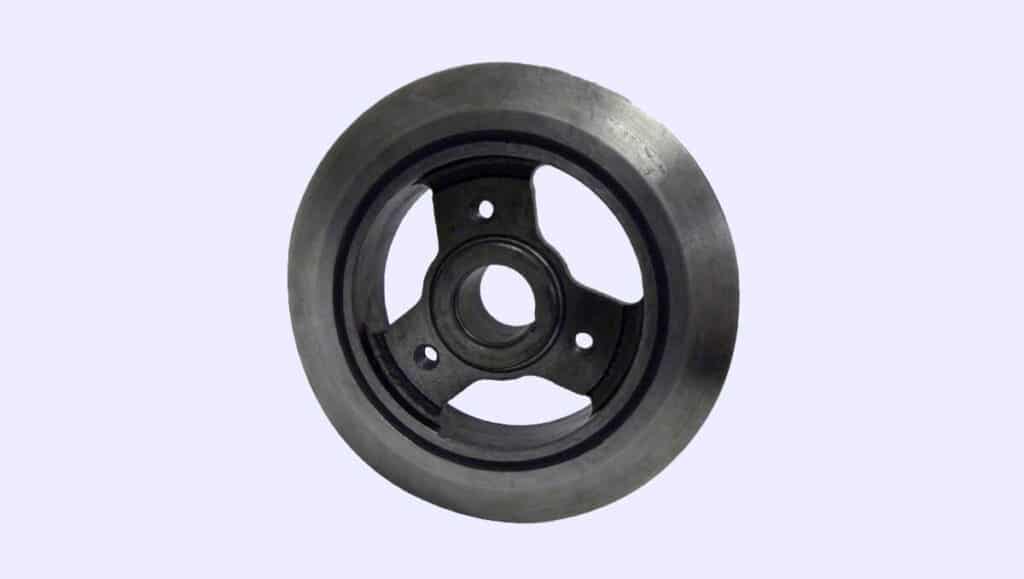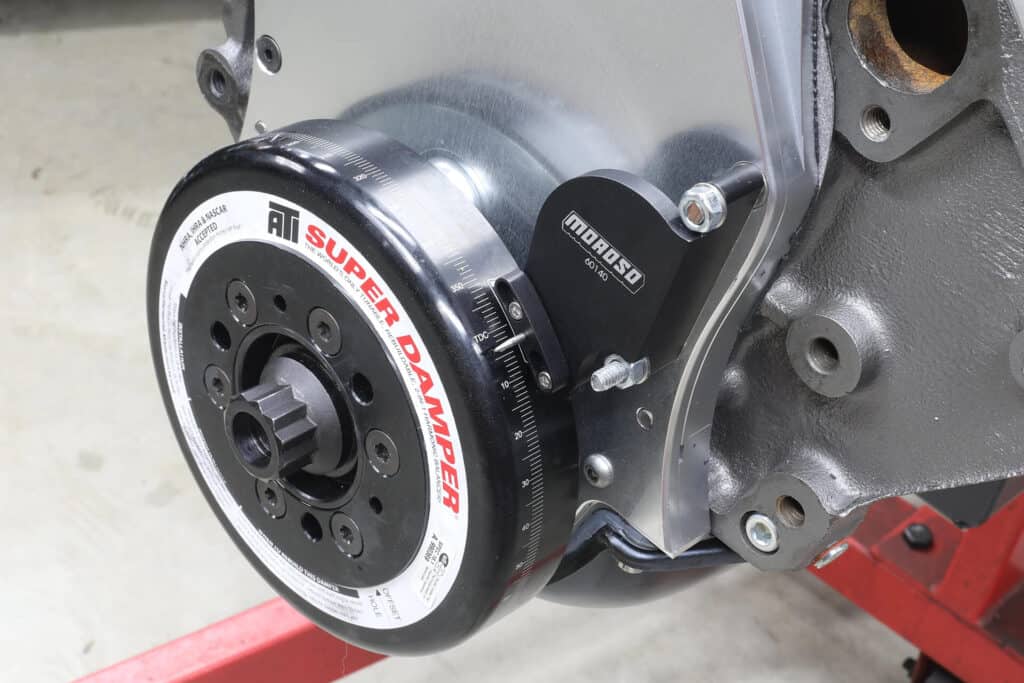If you’re experiencing unusual vibrations or noises coming from your engine, a faulty harmonic balancer may be the culprit. In this article, we’ll take a closer look at what a harmonic balancer is, how to recognize signs of a faulty balancer, and how to replace it.
What is a Harmonic Balancer?
A harmonic balancer, also known as a crankshaft damper, is a device that helps reduce vibrations and torsional forces in the engine. It consists of a mass attached to the crankshaft, which absorbs and dissipates energy as the engine rotates. The harmonic balancer helps protect the engine from damage due to these forces and can also improve overall engine performance.

How Much Will it Cost to Replace a Harmonic Balancer in Canada?
The cost of replacing a harmonic balancer in Canada can vary depending on the make and model of your vehicle, as well as the mechanic you choose. On average, you can expect to pay between $300 and $700 CAD for parts and labour. The labour time can take anywhere from 2 to 4 hours depending on the complexity of the repair.
What are the Symptoms of a Faulty Harmonic Balancer?
• Unusual vibrations or noises coming from the engine
• Engine misfires or hesitation
• Oil leaks
• Cracks or damage to the balancer
• Difficulty starting the engine
How Long Does a Harmonic Balancer Last?
A harmonic balancer can last for the life of the engine, but it may need to be replaced if it becomes damaged or worn over time. Regular maintenance and inspection can help prolong the life of the balancer and prevent issues from developing.
How Does a Harmonic Balancer Become Defective?
A harmonic balancer can become defective due to various factors, including normal wear and tear over time and exposure to extreme temperatures or weather conditions. Improper installation or damage during installation, as well as damage from impact or collisions, can also cause the harmonic balancer to fail. It’s essential to conduct regular maintenance and inspections to ensure the harmonic balancer is in good condition and functioning correctly.
How Can a Faulty Harmonic Balancer Affect Other Systems in the Car?
A faulty harmonic balancer can affect other systems in the car, particularly the engine. It can cause excessive vibrations, which can damage other components and lead to issues such as engine misfires and hesitation. In some cases, a faulty harmonic balancer can also cause damage to the crankshaft and other components.
Is it Safe to Drive with a Faulty Harmonic Balancer?
Driving with a faulty harmonic balancer is not recommended, as it can lead to further damage to the engine and other components in the car. Additionally, it can cause issues with the car’s performance, which can be a safety hazard while driving.
How Can I Make My Harmonic Balancer Last Longer?
• Regular maintenance: Follow the manufacturer’s recommended maintenance schedule to ensure all components are in good condition.
• Avoid extreme conditions: Avoid driving in extreme temperatures and conditions whenever possible.
• Address issues promptly: If you notice any signs of a faulty harmonic balancer address them promptly to avoid further damage.

Conclusion
A harmonic balancer is an important component of your engine’s performance and durability. If you notice any signs of a faulty harmonic balancer, such as unusual vibrations or noises, it’s important to address the issue promptly to avoid further damage to the engine and other components. With proper maintenance and care, you can help prolong the life of your harmonic balancer and keep your car running smoothly.
